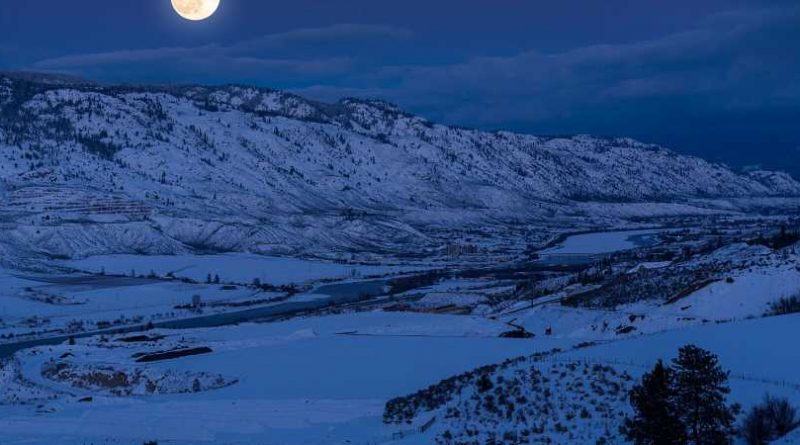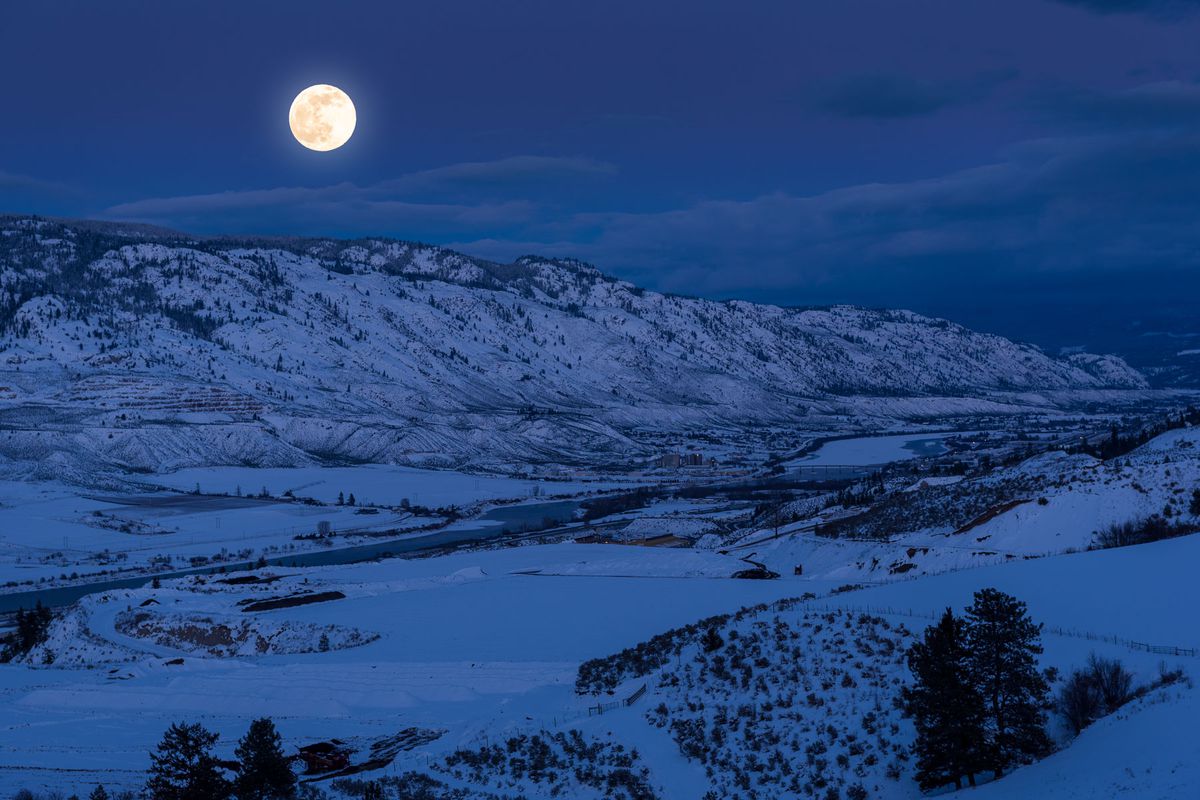A 'Snow Moon' Will Light Up the Sky This Week — Here’s How to See It
It has been a particularly snowy February thus far — especially in Texas, where some destinations have seen snow for the first time in decades. With that in mind, it's rather appropriate that this month's full moon is called the Snow Moon. Here's everything you need to know about February's full moon.
When is the Snow Moon?
In 2021, the Snow Moon will occur on the evening of Feb. 26 through the morning of Feb. 27. It will reach peak illumination at 3:17 a.m. EST on the 27th. The moon will rise around sunset, reach the highest point in the sky around midnight (roughly 65 degrees above the horizon, depending on your latitude), and set around dawn. So, when peak illumination occurs, the moon will be halfway between its apex and the horizon.
Why is it called the Snow Moon?
Both Native and colonial Americans gave nicknames to each of the year's full moons, usually based on the weather, harvest, or animal behavior. February's full moon, per The Old Farmer's Almanac, is the Snow Moon, so named because this month tends to be snowy. And while that's certainly true in 2021, February isn't always the snowiest month across the United States, so take that designation with a grain of salt.
And there isn't always a universal consensus on the names of the full moons, either — they're often called different things. Some alternative names for February's full moon include the Hunger Moon and Bony Moon, due to the scarcity of food; the Storm Moon, for the turbulent weather; and the Bear Moon, as bear cubs are usually born around this time.
When is the next full moon?
Next up is the Worm Moon on March 28, named for the emergence of earthworms in thawing soil. This full moon will be the first of spring, occurring just over a week after the vernal equinox.
Source: Read Full Article




